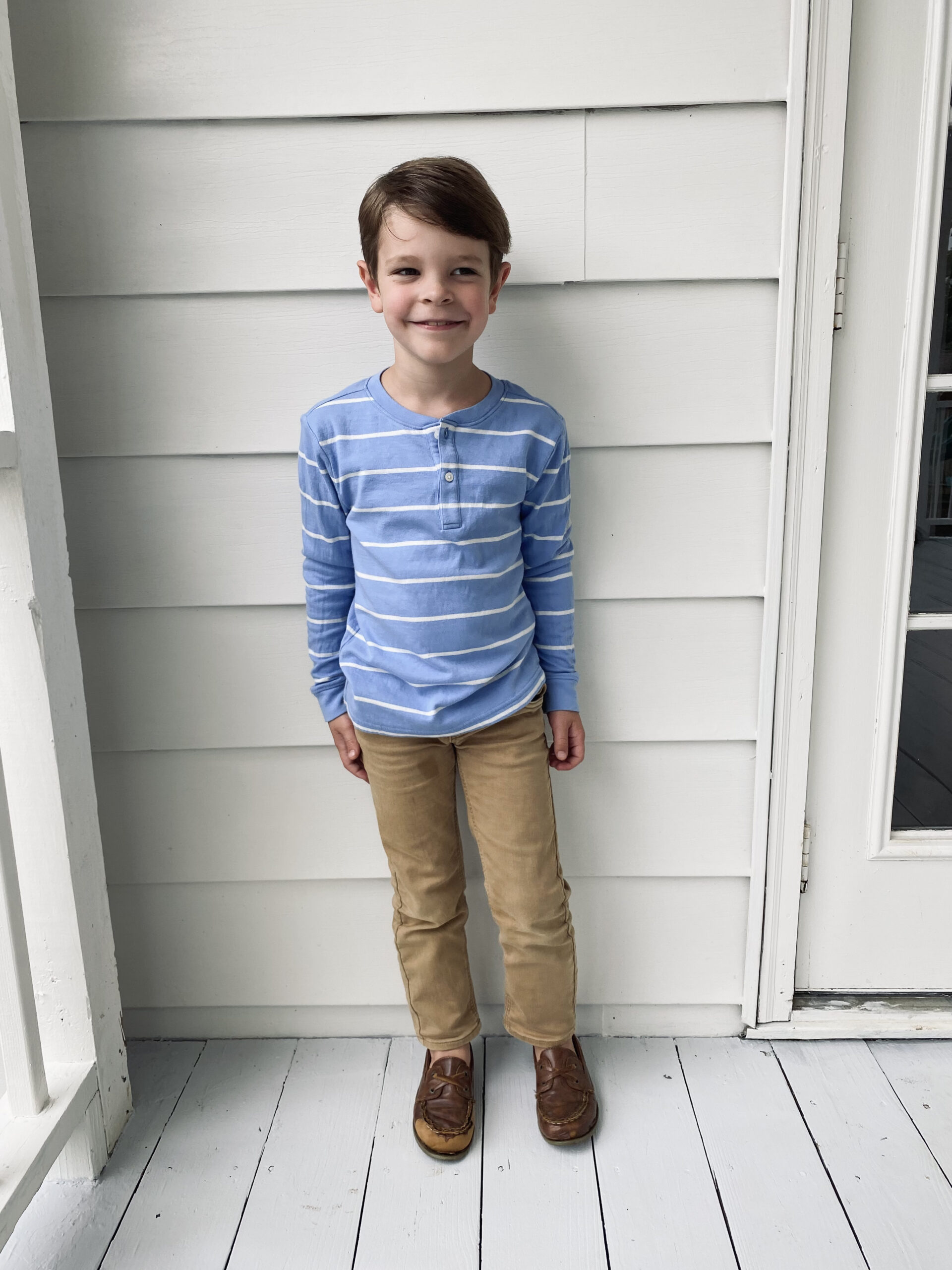When I started homeschooling Decky last year I had no idea what the hell I was doing, but I did know I was confident winging it. Who can mess up kindergarten? Amiright?!?
Anyway, year one went so well that I followed the exact same pre-school-year plan this time around: 1) search for all the first grade checklists on the web and compile them into one, then 2) get through the list by June. Done.
We did sign up for ABCya! for Deck to “play” and have a little bit of computer time now and then. We also tried ABCMouse, but he got bored of it so we scrapped it. I do prefer hands-on, paper and pencil type activities anyway because we (aka the kids) don’t use tech in our house.
If you’re not already on the homeschool train, here’s how to find out what your state requires.
A few general words of advice:
- Be patient! This one was by far the hardest for me. I’ve never taught someone to read so sometimes I’d find myself getting frustrated and would have to step back and take some (ok maybe a lot of) deep breaths. Any time I’ve lost my cool, my little student instantly feels my vibe and it’s not a pleasant experience for either of us.
- Skip it sometimes. I realize there will be kids who abuse this option, but for us I found if it was going to be a rushed lesson or if we were preoccupied with something else, it’s really not worth forcing it and everyone’s better off if we have a calm, focused session tomorrow.
- Don’t over-think it. I was so afraid of how in the world I was going to TEACH for six hours a day with two little sisters to also care for, but I was way off. The amount of time spent learning is soooo much less than in “regular” school. The time chart below was literally the most reassuring thing I saw all year related to homeschooling–and I hope it’s the same for you!
- Talk through everything. I do think our foundation of explaining EVERRRRRRYTHING from the time our babes were babes really made education so much easier. They already understand food, maps, weather, social skills and numbers because we’ve conversed like friends for the past six years.
- Eat healthy. This one might seem out of place in a homeschooling post, but I can tell you from experience, if your kid is running on carbs / sweets, he’s going to be a lousy student. The best thing you can do is to offer unlimited healthy foods that have a ton of fat for mood stability and brain development. My kids eat nuts, Simple Mills cookies and crackers with peanut butter, grain-free muffins, fresh fruit and full fat yogurt whenever they want and as much as they want.
- Focus on what actually matters. We make outdoor play, adventures and socializing with people of all ages our #1 priority. Reading and math are obviously important, but they’re second to character development in my book. I focus on each day individually and if it doesn’t go exactly as planned, it’s totally ok!
I hope this is helpful and / or encouraging! Reach out any time if you have questions! The best place to reach me is on Instagram @thepaleobarbie 🙂
The checklist:
First-Grade Reading and Writing
- Read books in small groups with a teacher.
- Practice independent reading.
- Be able to identify ideas and details of a story, and be able to retell events of a story in order.
- Learn words with similar patterns (such as “bat,” “sat,” and “cat”).
- Become more skilled at using sounds of letters to read simple words.
- Expand their list of “sight words” (words that are frequently used).
- Learn how to organize their thoughts through writing.
- Work on handwriting all upper and lowercase letters.
- Write simple words and sentences (often still without emphasis on correct spelling); use two or three sentences to create stories.
- Learn how to correctly use punctuation and capitalization in sentences.
- Understand and learn common, proper, and possessive nouns as well as personal, possessive, and indefinite pronouns.
- Identify the meaning of words
First-Grade Math
- Count to 120 by groups of small numbers such as 2s, 5s, and 10s. Be able to recognize and write numbers up to 120.
- Understand concepts such as “equal to” or “greater than” as well as addition and subtraction; become familiar with symbols such as “+,” “-,” “=,” “<,” “>.”
- Add and subtract numbers up to 20 in their head.
- Work with coins and add sums.
- Identify simple patterns.
- Learn how to measure sums such as length, weight.
- Understand and identify simple fractions (1/2, 1/3, 1/4).
- Learn how to tell time on an analog clock.
- Understand place value
- Solve mathematical word problems
- Use objects or draw pictures to represent and solve simple addition and subtraction word problems
First-Grade Science and Social Studies
- Gain a better understanding of the senses.
- Identify animals and classify them into groups (marine, mammals, etc.).
- Learn about oceans and sea life.
- Learn about life cycles.
- Identify the United States and learn about continents and oceans.
- Understand what living things need to grow.
First-Grade Social Skills
- Become even more adept at paying attention, following instructions, and speaking one at a time.
- Learn how to work together with classmates on a group project.
- Ability to ask questions among peers to clear up any confusion.
- Gain more confidence in expressing opinions and sharing stories, such as during morning meetings.


Decky’s look: Shirt = Janie & Jack // pants = Cat & Jack // Shoes = Carters







